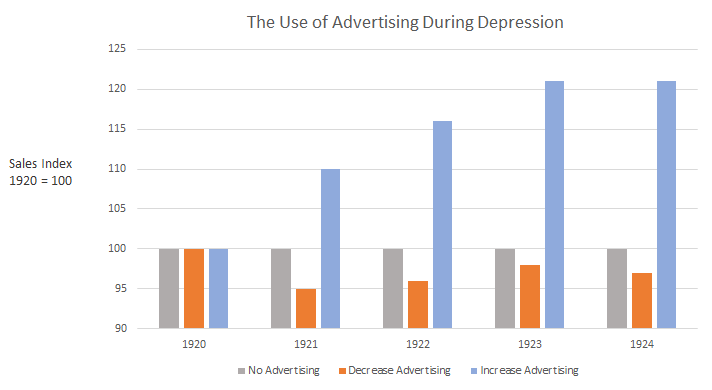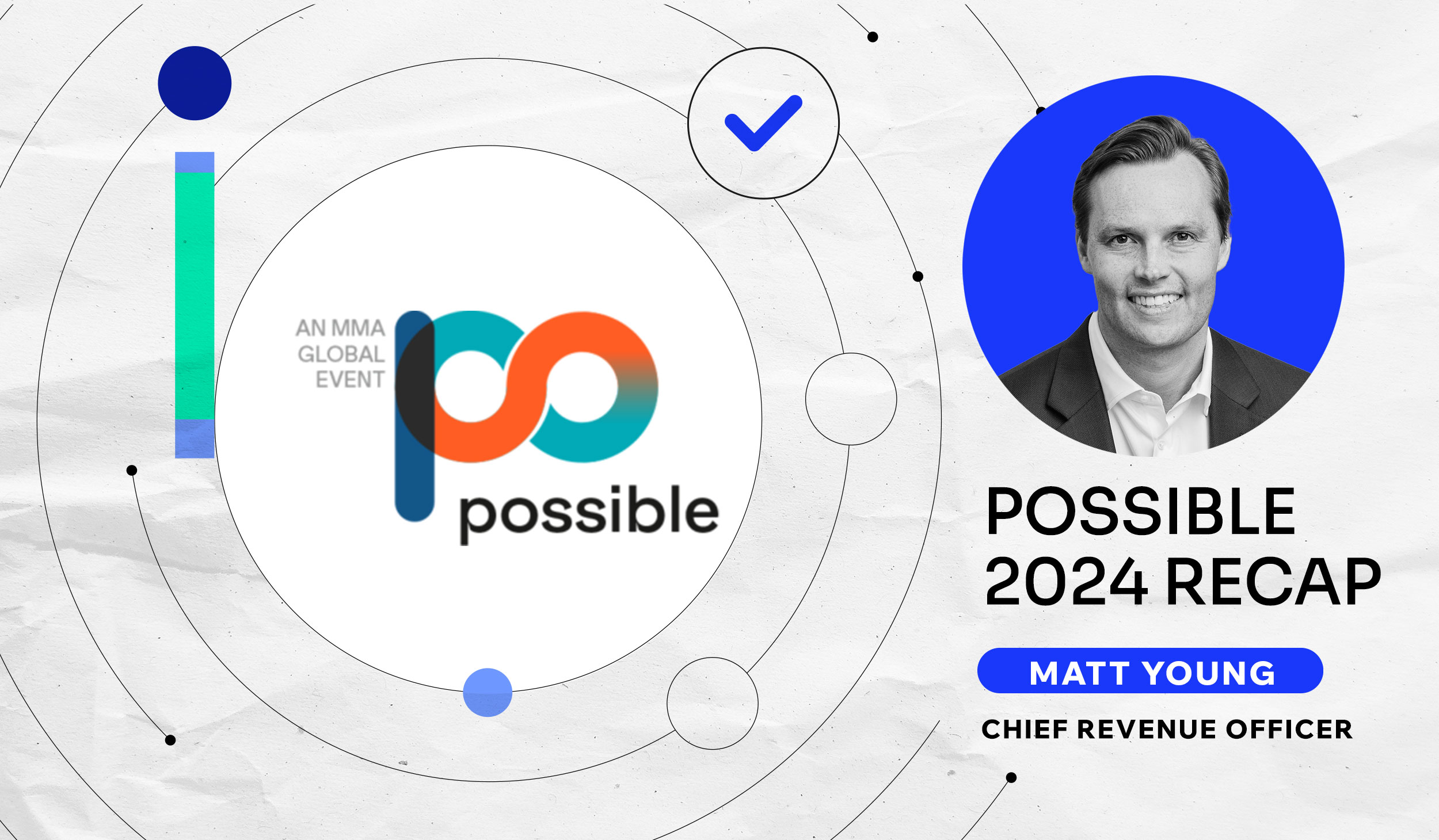Avoid Going Dark on Advertising Channels

It’s hard to know what the world is going to look like in October, let alone in 2021 or 2025. Looking at the halfway point of 2020 can be disheartening: people continue to die from a virus we’re only beginning to understand, entire countries toggle in and out of lockdown, and life as we know it continues to change. Reflecting on the first half of the year, we saw people lose their jobs as entire industries were disrupted, all amidst a volatile stock market. Some industries, like mobile gaming, online media or fitness equipment seemed to thrive. As the summer kicks in, the economic recovery is slowing down in the midst of deep social & cultural changes, the fear of a “second wave,” and the prospect of more lockdowns ahead.
Businesses are scrambling to figure out how to plan for the second half of the year, the holiday season, and beyond, as they try to keep their brands relevant and minimize losses within this complex, ever-changing scenario. It’s easy to be tempted by defensive movements, err on the side of caution, and put things on hold. Is it such a bad idea to cut down budgets and slow down? According to history, yes: it is. Those who stop advertising will likely do so at the expense of future growth and brand relevance. So what are your options?
There are 4 ways of approaching the next few months from a marketing perspective:
- Continue with your original 2020 plans (which presumably didn’t involve a global pandemic)
- Adapt your strategy but maintain most of your planned spending
- Scale back your efforts and spend
- Abort your paid marketing initiatives
While all of the above options come with their own risks associated, it is the last two that are the most dangerous to the longevity of your business. Scaling back your efforts and spend can result in inefficiencies and irrelevancy, often resulting in failing to cut through the noise. The long term impact that reduced spend will have on brand equity and sales is unpredictable, but inevitable. Even worse, aborting your paid marketing initiatives and going dark completely is the worst option of all. While it may seem intuitive to save the money now, the potential to reinvest any savings in the future is greatly outweighed by the likelihood of a decline in short-term sales, especially as consumers are spending less. If you survive the decline in sales, your return will eat through any remaining budget as you try to recover from the long term impact on your brand. The best option, then, is to examine your strategy and adapt as needed. Reassess what success looks like in this new reality and adjust your objectives accordingly. It pays off to look at what lies further down the road, behind the bends, and not at what’s already going — quickly — under your feet.
When looking at the long term, bigger picture, examples of past crises can be really helpful to chart the course ahead. Research has demonstrated that cutting your advertising budgets will not yield profitability gains, but it will make your brand lose share and traction when the crisis is finally over. In fact, a moderate increase in advertising in times like these improves market share and long-term profits.

(Source: Vaile, Roland S. Harvard Business Review 5, April 1927)
Still, even with all of this historical data, many brands will invariably go dark or considerably reduce their ad spend. It’s human nature. But it’s important to remember that assuming the short-term negative impact on your business and leveraging the opportunity afforded by a less-competitive market will help you grow market share and future revenue in ways that would be much more difficult to achieve under normal circumstances.
Many studies from the last few centuries’ biggest crises have found the same pattern repeating over and over again: it was true for the post-war 1921 recession, the 1973-74 stock market crash and oil crisis, and again in the early 90s downturn. On each of those occasions, the impact of decreased or eliminated advertising produced negative results when compared against those who chose to hold the wheel and stay the course.
What else can you do to help the efficiency of your advertising spend and ensure that every dollar is making an impact? Our upcoming blogs will address the importance of data as a driver and agility as a core principle.
In the meantime, our eBook on Maximizing Marketing ROI can help in refocusing your efforts to make sure that you’re putting your energy where it’s going to have the greatest impact on results.
This post is the first of a three part series on becoming a market leader through challenging times. The second and third portions are forthcoming.





